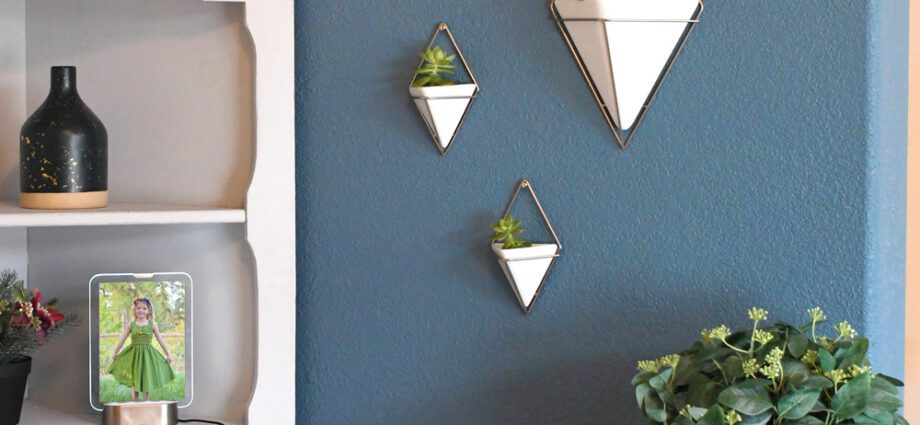Contents
How to choose a color for walls: tips and ideas
The walls are the background against which the “main action” of your interior unfolds. And the general range of the room, its style, atmosphere and even dimensions depend on what color you choose for them.
Check how the chosen color looks in your room
The lighting in the apartment is very different from the lighting in the trading floor. Before you buy paint in full, you should test how the color you like in the store looks right in your room.
Think over the general range of the interior
When deciding on the main color for the walls, at the same time think over the general range of the interior: after all, furniture, accessories, decorative fabrics also add their colors to it. Imagine how you would like to see furniture, lamps, curtains, etc. and how they will be combined with the color of the walls and with each other.
Bright, extravagant colors attract attention. When choosing a similar color for walls, give preference to neutral accessories so that there is no imbalance. And vice versa, bright accents (be it a turquoise sofa or a scarlet vase) will look harmonious in white or pastel walls.
If you are not a fan of catchy, intense colors, you can choose any neutral tone and play with different textures (paintable wallpaper, decorative plaster). They will add depth to the color and additional intrigue to the interior.
Choose light colors to expand the space
Light, pastel colors will create a sense of air in the room and visually expand the space. Dark, saturated, on the contrary, will make the atmosphere more intimate, limiting the space.
Natural colors such as green and brown can be easily combined with each other. So for inspiration, feel free to “peep” behind nature – the harmony of colors will be provided to your interior.
The interior of the house looks more holistic if the color flows smoothly from one room to another: paint the floor in all rooms with the same paint or run the same edging along the ceiling.
Give preference to furniture in neutral colors
Keep the foundational elements (floor, wardrobe, bed, sofa, etc.) in neutral tones. This will allow you to change the interior at the lowest cost, because painting the walls a different color is much cheaper than buying a new sideboard.
Our advice: choose a paint for the ceiling that is the same color as for the walls, but a few shades lighter. If you have high ceilings, on the contrary, they can be painted in darker tones.
Prepare the room for painting
The preparatory work is tedious, but it will help save your nerves later on. First, remove the furniture from the room, or at least move it to the center of the room and cover it with plastic. Line up the walls. Unscrew the sockets and remove the plastic covers from the switches. Use masking tape to tape the areas on the walls that should not get paint, and cover the floor with newspaper or plastic.










